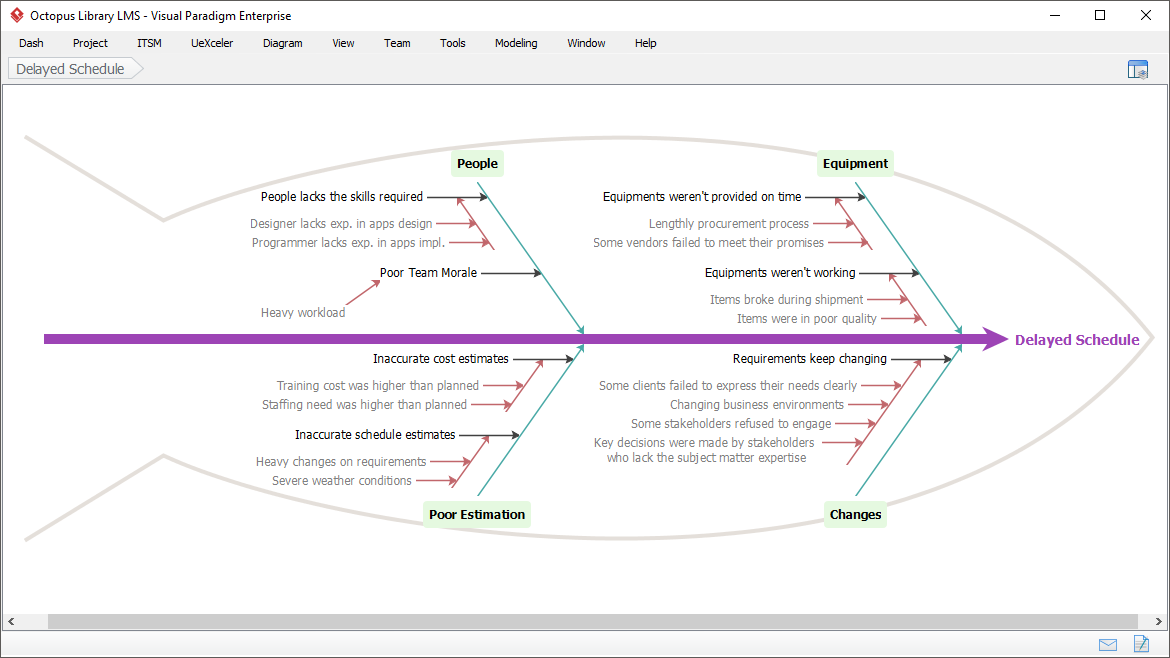

When applying the 5 Whys technique, you want to find the essence of the problem and then fix it. Or in other words, the RCA process should include people with practical experience because logically they can give you the most valuable information regarding any problem that appears in their area of expertise. To do so, the decision-making process must be based on an insightful understanding of what is truly happening on the work floor. 5 Why Analysis in ActionĪ key factor for the successful implementation of the 5 Whys technique is to make an informed decision. Taiichi Ohno, considered to be the father of TPS, described the 5 Whys method as, “the basis of Toyota’s approach is to ask why five times whenever we find a problem… by repeating ‘Why?' five times, the nature of the problem, as well as its solution, becomes clear.” Extending well beyond Toyota, the tool is now used within Kaizen, lean manufacturing, and Six Sigma. Originĭeveloped by Japanese inventor and industrialist, Sakichi Toyoda, the 5 Whys method became an integral part of the Lean philosophy and is delivered as part of the induction into the Toyota Production System (TPS). However, using the 5 Whys will help you find the shallow root cause of any problem and protect the process from recurring mistakes and failures. Every team faces roadblocks in their daily work. The 5 Whys technique is one of the simplest, most effective tools for RCA in the Lean Management arsenal. From the most basic of tools, the 5 Whys, to a bit more detailed fishbone Diagram, and onto a more comprehensive and complex tool, the Cause Map. To help narrow it down, we’ll focus on the three most commonly used tools during a Root Cause Analysis (RCA). Odds are, you've already done a google search and found the many options and preferred methods out there. That is why it is so important for teams to focus on finding the root cause of the problem and tackling it properly. Fixing a problem quickly may be a convenient and immediate solution, but it doesn’t protect you from recurring mistakes or ongoing failures. However, problems are just symptoms of deeper issues. there isn't a crystal ball and unpredicted problems can occur in any team or process. Unfortunately when it comes to life and reliability.


 0 kommentar(er)
0 kommentar(er)
